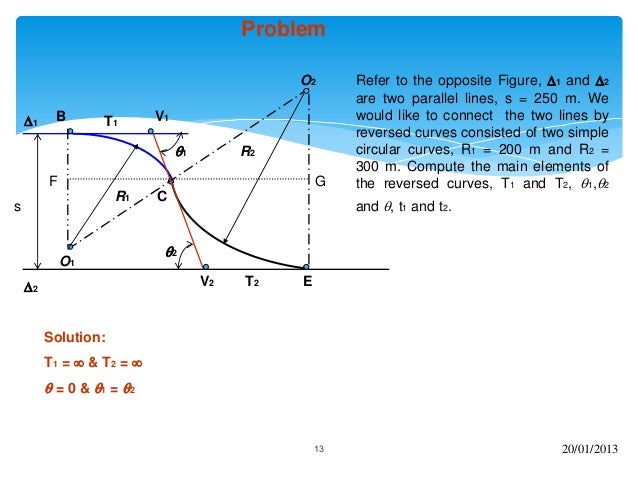I came up with this problem based on problems that I have seen in workbooks. I believe a similar problem can be expected in the exam. The wording maybe a little confusing, but sketch it out and it should be pretty easy.
The center of two parallel roads is 120 feet apart. They are to be connected by a reverse curve with each side having the same radius. The maximum distance between the tangent points is 440 feet. What is the maximum radius of the reverse curve? [SIZE=14.0pt]
[/SIZE]
The center of two parallel roads is 120 feet apart. They are to be connected by a reverse curve with each side having the same radius. The maximum distance between the tangent points is 440 feet. What is the maximum radius of the reverse curve? [SIZE=14.0pt]
[/SIZE]






















